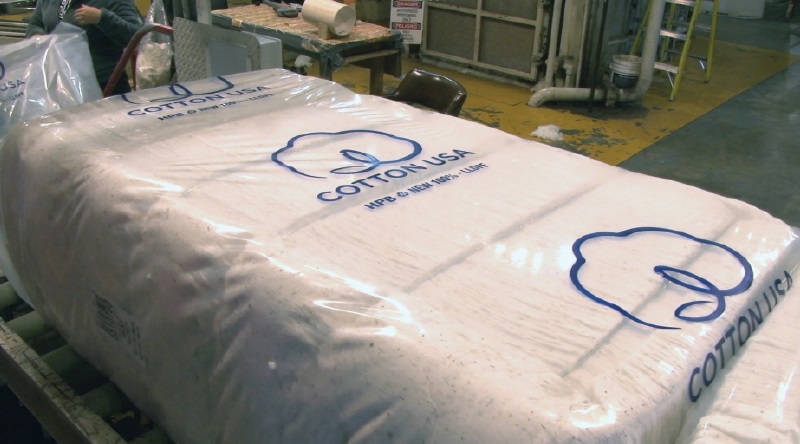July Contract Bull Run May be Finished as Market Looks to December
Is it over?
The bullish price run in the old crop July contract has been near historic. But with July’s First Notice Day (FND) on June 24 – a little more than four weeks away – the end of trading the 2021 cotton crop is all but done.
Open interest in the December contract has risen above the declining open interest in the July contract – a signal that speculators are leaving the July contract for greener pastures., i.e., the December contact. That does not necessarily mean that July will move lower. Rather, it suggests the July contract will encounter more difficulty in climbing back to the 150s or even moving back to its contract high in the mid-150s. However, on-call sales still favor high prices. But without an influx of speculators, mills may be “let off the hook,” and they will get to fix the price of the July on-call sales contracts without pushing prices higher to new ground.
Yet, July trading will continue to be very volatile, just it has been the prior three weeks. Thus, there will likely be another price spike or two, but one can all but stick a fork in the old crop bull. He is done. Speculators have abandoned him.
December is left to carry the banner for higher prices, and that banner will be held high if the U.S. Southern Plains continues to face the record drought it is experiencing. Too, mills can stomach the new crop price in the 130s, difficult as it might be, but not the 140s.
The rule of thumb: West Texas and Oklahoma must have rain by Memorial Day weekend (June 1) or it’s all over for the Southwest cotton crop. Of course, that region typically accounts for 40-45% of U.S. cotton acreage. Thus, a record drought implies a production and financial disaster for growers in the region.
The drought brought life-of-contract price highs for the December contract this week, almost to the mid-130s. However, the worldwide sell-off in the equity market, coupled with another inflation jolt, sent share prices massively lower as the economy continues to come to grips with an impending recession (technically, economists don’t christen a recession until the economy has regressed for three consecutive months, but the U.S. is well on that path). December will likely take a shot at prices in the upper 130s in the absence of any meaningful rainfall over the Southern Plains. With mill business slowing more and more, a move into the 140s is not expected.
Too, take note: this coming week is setting up to be the absolute best chance for rainfall over the Southern Plains in almost a year. Will there be a lifesaving Memorial Day weekend rain, as has always been the case since the 1970’s, or will this be the 50-to-100-year drought? That answer awaits in 10 days or so. The big, big rain can take a silver dime out of the market, but the region is so dry that more and more timely rains will be necessary. Thus, the new crop bull will continue to feed.
On-call sales continue to be on the side of the bull. Yet, the market is suggesting that merchants may hold the key instead of speculators. Thus, mills may be allowed out of their price bind. Should that be the case, then merchants will decide just how much price pain the mills will be forced to endure. However, some mills also can cancel contracts, leaving merchants in a bind. Thus, the two parties may sort out their differences with a frown and a smile, and July will – with one or two fights – ease back down into the 130s as it moves to expiry.
New crop export sales (sales for delivery in 2022-23) were the lowest in several months. Mills are scaling back their purchases in anticipation of slowing sales due to a combination of high prices and a slowing world economy. Chinese mills complain of an excess of yarn inventory associated with slowing yarn sales. Indian mills make the same complaint, but data suggest Indian mills continue to run near capacity. However, Bangladesh and Pakistani mills are also slowing their operating hours.
The market cannot sustain a bull market unless demand can hold its own. Every mill slowdown negatively affects the price of cotton and means less money for the grower. The industry must be careful not to kill the goose that laid the golden egg. A strong price must be supported by strong demand. It is a necessary and sufficient condition.
July prices will remain very volatile. July looks to be 135 cents to 150 cents. Unfortunately, price pullbacks will be more pronounced. December still has some kick in it. Its target after 135 cents is 139 cents.
Give a gift of cotton today.








